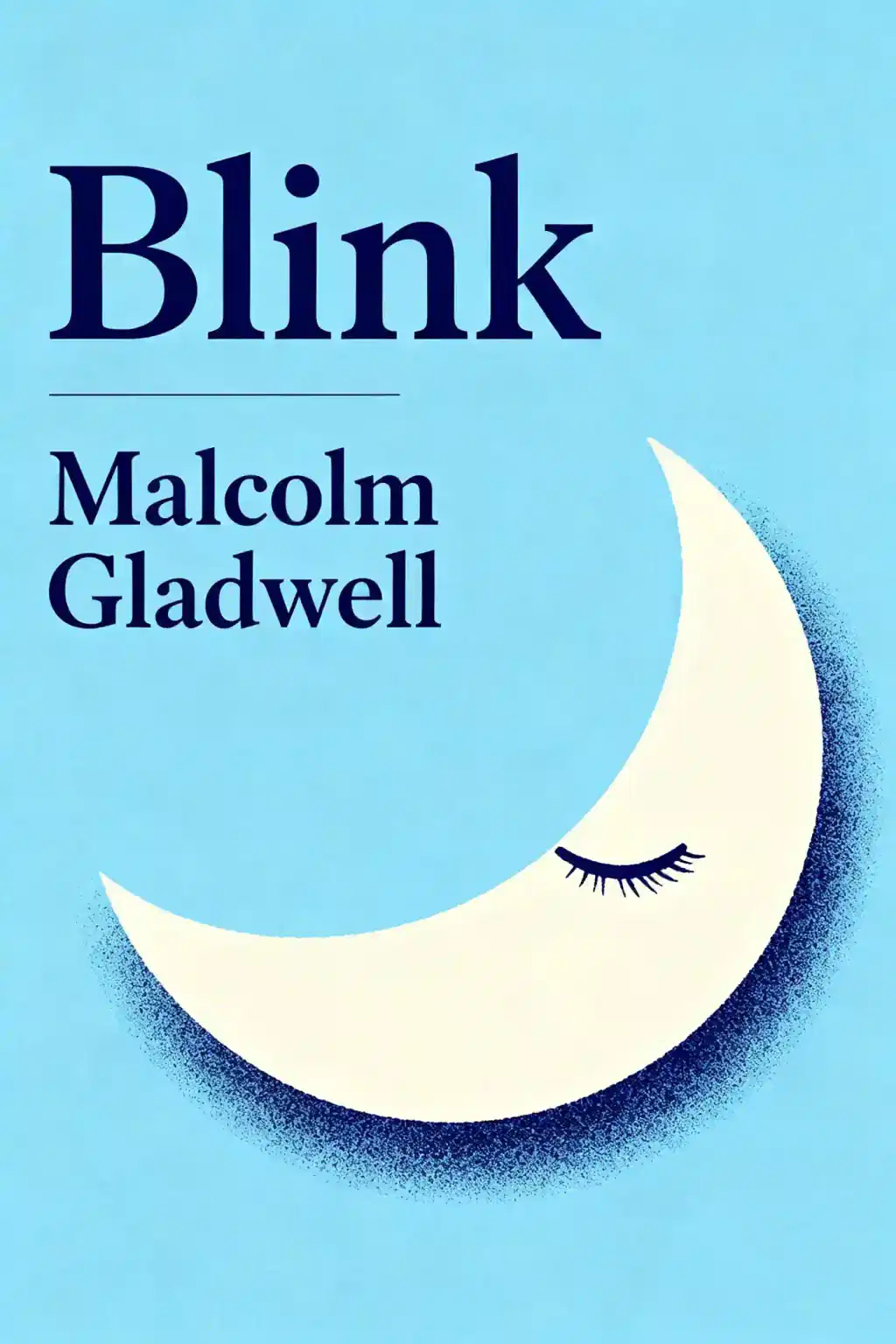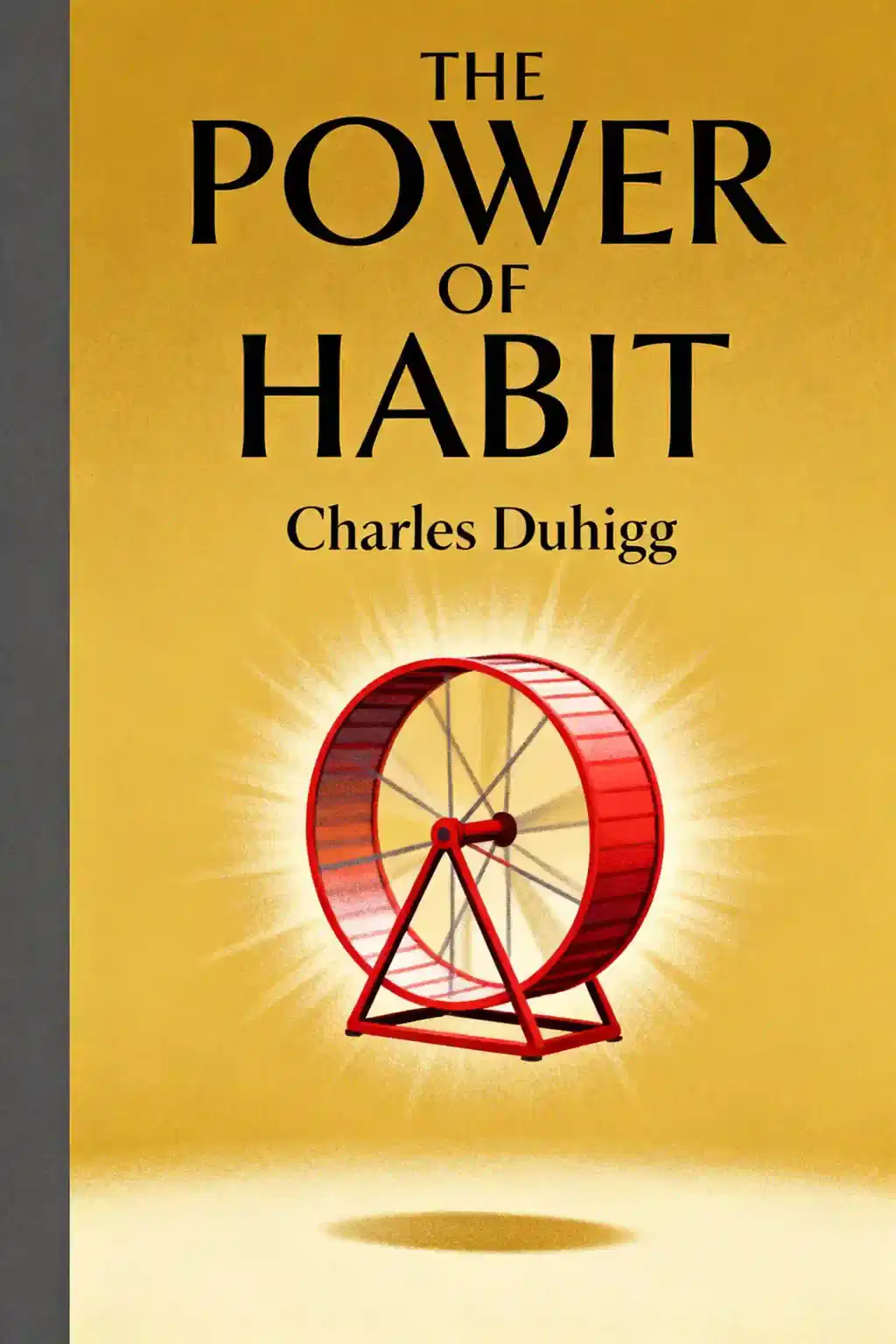What is
The Power of Instinct by Leslie Zane about?
The Power of Instinct explores how 95% of decisions are driven by the unconscious mind, not conscious reasoning. Leslie Zane, a behavioral science expert, provides science-backed strategies to influence instinctive choices by building positive brand associations, leveraging emotional engagement, and avoiding reliance on loyalty or logic. The book uses case studies from McDonald’s, Lululemon, and Taylor Swift to illustrate these principles.
Who should read
The Power of Instinct?
This book is essential for marketers, business leaders, and entrepreneurs seeking to deepen consumer connections. It’s also valuable for behavioral science enthusiasts interested in subconscious decision-making. Political strategists and movement builders can apply its persuasion tactics to amplify impact.
Is
The Power of Instinct worth reading?
Yes, for its actionable framework to influence instinctive behavior. Zane combines neuroscience with real-world examples, offering tools like the “Instinctive Advantage™” to accelerate growth. Critics praise its departure from traditional marketing, though some note its focus on corporate applications over individual use.
What are the key concepts in
The Power of Instinct?
- Unconscious dominance: Decisions stem from instinct, not logic.
- Association networks: Brands grow by expanding positive mental connections.
- Emotional triggers: Stories must link to tangible benefits to drive loyalty.
- Growth through new customers: Prioritizing acquisition over retention fuels scalability.
How does
The Power of Instinct redefine persuasion?
Zane argues traditional tactics (e.g., loyalty programs, rational appeals) fail because they target the conscious mind. Instead, she emphasizes:
- Metaphor-driven messaging to activate instinctive associations.
- Trust-building through consistent, authentic interactions.
- Behavioral “triggers” like humor or urgency to accelerate decisions.
What case studies does Leslie Zane include?
- McDonald’s: Revived brand perception by associating fries with happiness, not health.
- Lululemon: Built a “tribe” through community-focused triggers.
- Taylor Swift: Cultivated fan loyalty by embedding personal storytelling into music.
How does
The Power of Instinct differ from other marketing books?
Unlike books focusing on conscious decision-making (e.g., Influence by Cialdini), Zane’s work targets the unconscious mind using behavioral science. It also rejects the “marketing funnel” model, advocating for instinct-driven growth loops instead.
What is the Instinctive Advantage™?
Zane’s proprietary framework for dominating a market by embedding a brand into the instinctive mind. It involves:
- Identifying existing positive associations.
- Creating new links through metaphor and repetition.
- Neutralizing competitors’ triggers.
How can businesses apply Zane’s principles?
- Conduct association audits to map customer perceptions.
- Design campaigns around universal instincts (e.g., safety, belonging).
- Use humor or surprise to bypass analytical thinking.
What are criticisms of
The Power of Instinct?
Some argue Zane overemphasizes corporate scalability, offering limited guidance for small businesses. Others note her reliance on Fortune 500 examples may not translate to niche markets.
How does Leslie Zane’s background shape the book?
With 25+ years at Triggers® and clients like Coca-Cola, Zane merges academic rigor (Harvard MBA) with practical insights. Her work at Procter & Gamble informs her focus on habit-driven branding.
Why is
The Power of Instinct relevant today?
In an era of AI and ad saturation, Zane’s emphasis on instinct cuts through noise. The book addresses post-2025 challenges like decision fatigue and skepticism toward traditional ads.














